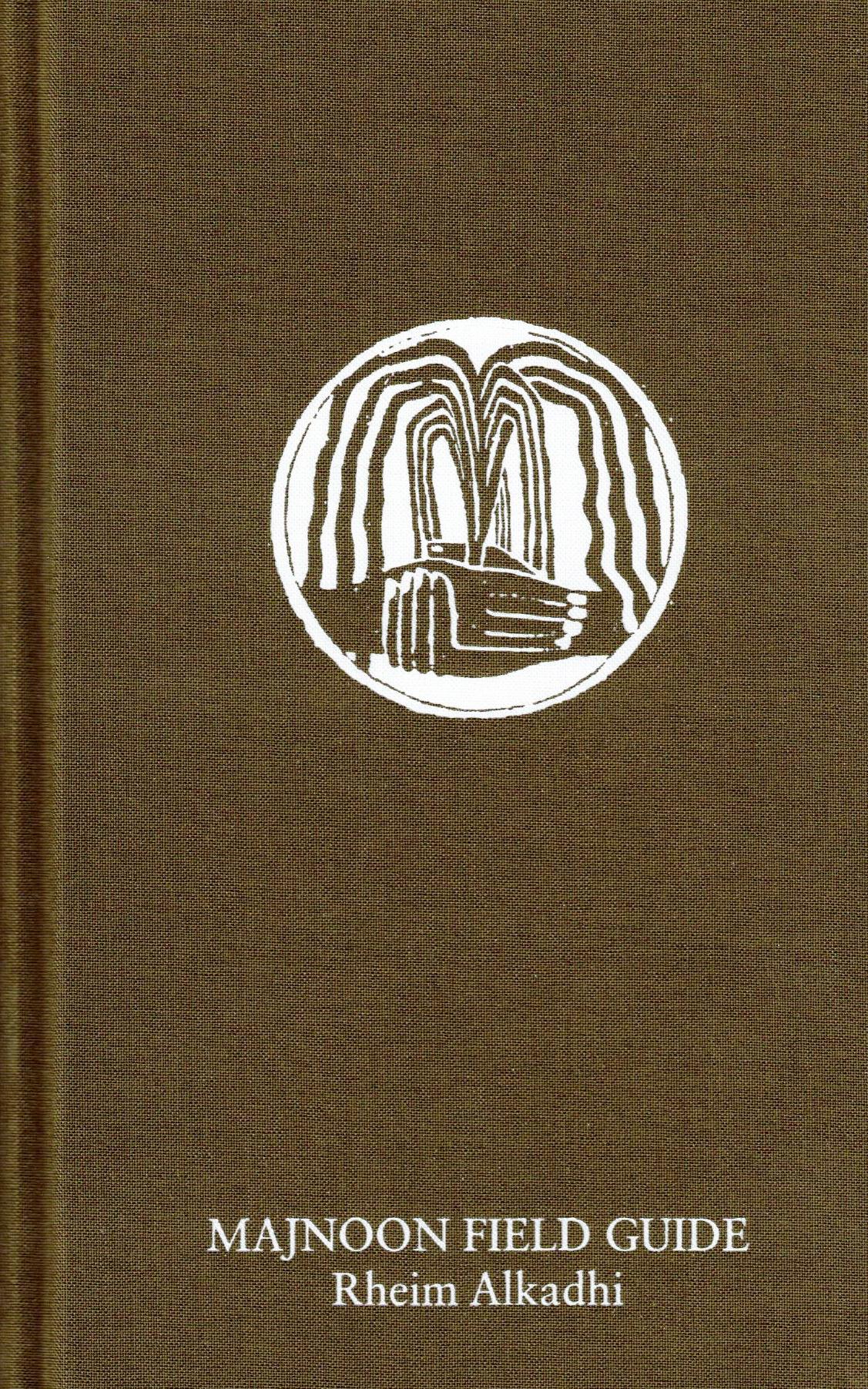
I went to the field; I became many.
Majnoon is an oil field in the global south. Majnoon is also the violence, and the state of mind that survives the violence. How can this be a field guide in any customary sense? Latitudes have been taken. Words are written in disruptedor troubled syntax. Rather, this book proceeds alongsidea search for what many call emancipatory practice; to beenacted in the field, where we feel most alive. The volume is divided into five parts, preceded by mapsand legends.First in the sequence is a colour-coded soil map,“Majnoonand Hir Environs”, adapted from materialoriginally pub-lished in 1960 by the Iraqi Ministry of Agriculture. It wasthe product—relic, really—of a brief era that saw fieldsand farmlands redistributed among labourers and peasants.Since then, the map has changed with the shifting sub-stance of our earthly constitution; it pivots on the exampleof Majnoon. Any map is appended by its legends, and I rewrite themfrom the perspective of dismantling. A longish colour keyunfolds with the likeness of a poem pursuing return, inspite of scorch and ruin. It should be mentioned that ‘hir’recurs multiple times throughout the book as gender-nonconforming pronoun—suggestive, ambiguous, and, inmy opinion, sufficiently sound for the moment. It is essentialto keep needling the problem of language.
A second, simpler map charts water flow as casualty ofupstream accumulation. Dams are borders, after all, and weare lousy with them; downstream is sentenced to the whimsof an architecture whose gates are mostly closed. On themap, a symbol resemblinga small, numbered page locatesMajnoon as point of interest. A subsequent diagram alsocontains this motif—not for navigation through the field,butthrough the book itself.
Majnoon Field Guide
Rheim Alkhadi
Co-readers and editors:
Rheim Alkadhi, Ann Bragdon, Aneta Rostkowska, Christiane Schmidt, Deema Shahi
Copy editing and proofreading: Janna Aldaraji
Arabic proofreading: Deema Shahin